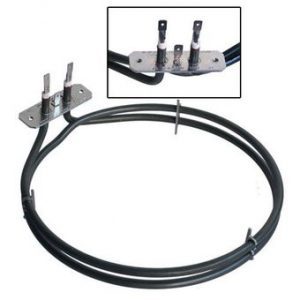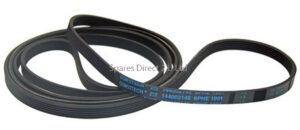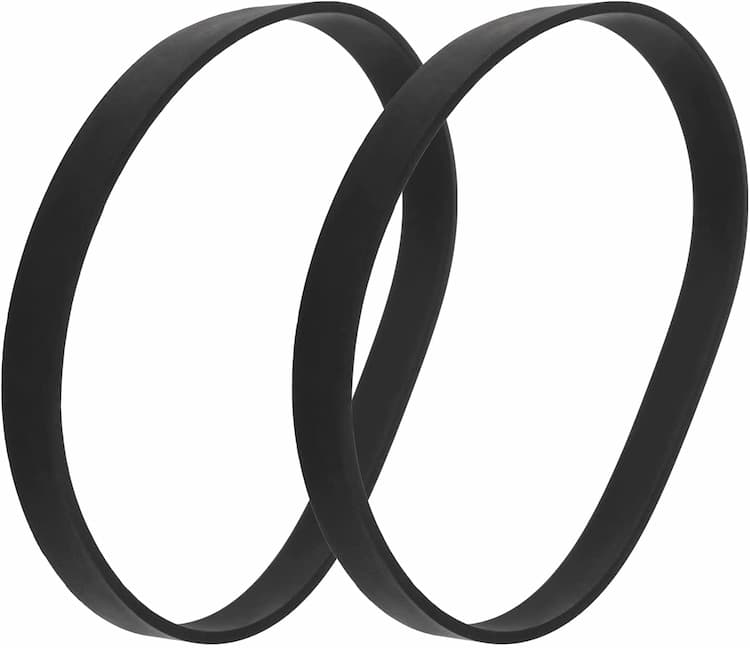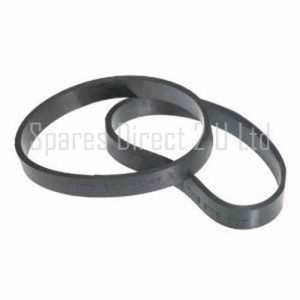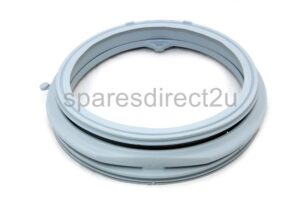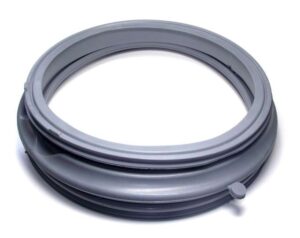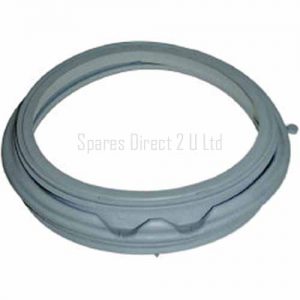Beko Washer Door Seals

Beko Washing Machine Door Seals: What They Do and When to Replace Them
A leaking washing machine can quickly lead to wet floors, musty smells, and mould build-up—and often, the door seal is to blame. Also known as the gasket or door boot, this flexible rubber ring creates a watertight seal between the drum and the door.
Here’s what a Beko door seal does, why it wears out, and how to replace it if needed.
What Does the Door Seal Do?
Creates a watertight barrier when the door is closed
Prevents leaks during washing and rinsing cycles
Helps maintain safe and efficient operation
If the seal is torn, misshapen, or mouldy, it can’t do its job properly—and your laundry area could suffer.
Common Problems and Signs It’s Time to Replace the Seal
Water leaks around the door
This is the most obvious sign. A damaged or warped seal lets water escape, usually during the spin cycle.
Visible mould or unpleasant smells
If mould is deeply set into the rubber and cleaning doesn’t remove it, the seal should be replaced.
Tears, holes, or flattening
Physical damage compromises the seal. Even a small tear can cause a slow leak.
What Causes Door Seal Problems?
Small objects trapped in the seal, such as socks or coins
Sharp items (e.g. keys or pens) accidentally left in clothing
Soap scum and grime build-up from detergent and fabric softener
Closing the door straight after washing, which traps moisture and encourages mould
Maintenance Tips to Extend the Life of Your Seal
Wipe the seal with a damp cloth after each use to remove residue
Leave the door ajar between washes to let air circulate and dry the seal
Clean regularly with warm soapy water to prevent grime and mould build-up
Good habits help keep your washing machine clean and leak-free.
How to Replace a Beko Washing Machine Door Seal
Replacing the door seal is a doable DIY task on most Beko models, especially those with a removable front panel.
Steps:
Unplug the machine and turn off the water supply
Remove the lid (and front panel if needed) to access the seal
Take off the outer retaining band and pull away the old seal from the door frame
Remove the inner spring or band from around the drum and take out the seal
Clean the area thoroughly—removing all residue and mould
Lubricate the new seal with a little washing-up liquid
Fit the new seal, making sure the drain holes are at the bottom
Refit the bands, reassemble the machine, and test for leaks
Tip: Always check your model number before ordering a new seal. Beko seals are model-specific, and variations may exist even within similar models.
In Summary
The door seal is a vital part of your Beko washing machine. It keeps water in, mould out, and ensures every cycle runs smoothly.
Replace the seal if you notice leaking, persistent mould, or visible damage. With regular cleaning and proper ventilation, you can extend the seal’s life and keep your machine running at its best.
Showing all 5 results

